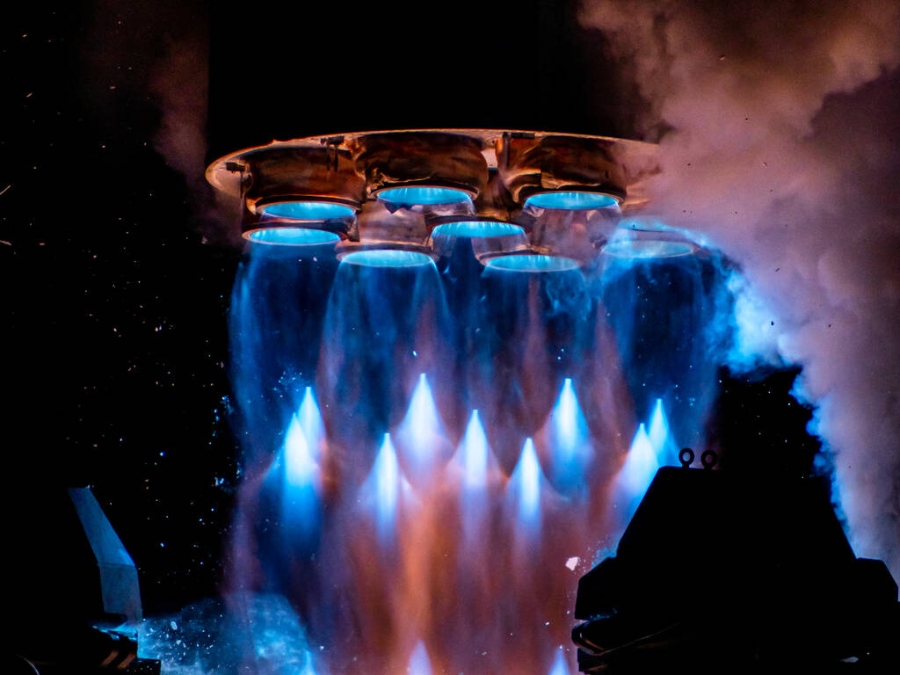
Relativity Space could revolutionise space travel with 3D printing.
Relativity Space launched its Terran 1, an entirely 3D-printed rocket, from Launch Complex 16 in Cape Canaveral, Florida last Wednesday night.
Standing at 110 ft. tall and 7.5 ft. wide, Terran 1 is the largest 3D-printed object to attempt orbital flight.
As a two-stage, expendable rocket, Terran 1 has nine 3D-printed Aeon engines on its first stage and one Aeon Vac on its second stage.
Like its outer structure, all Relativity engines are entirely 3D-printed and use liquid oxygen (LOX) and liquid natural gas (LNG).
The launch, dubbed “GLHF” (Good Luck, Have Fun), comes seven years after Tim Ellis, 32, co-founded Relativity Space in a small rented office in Seattle.
The test flight was classed as a “successful failure” as Terran 1 fell short of reaching orbit – but launched flawlessly and made it through Max Q, the most dangerous and turbulent point of its ascent.
In a tweeted statement, Relativity Space said: “Today’s launch proved Relativity’s 3D-printed rocket technologies that will enable our next vehicle, Terran R. We successfully made it through Max-Q, the highest stress state on our printed structures.
“This is the biggest proof point for our novel additive manufacturing approach. Today is a huge win, with many historic firsts. We also progressed through Main Engine Cutoff and Stage Separation. We will assess flight data and provide public updates over the coming days.”
Ellis tweeted: “Stunning and visceral first launch, what a first to witness.”
Ellis founded Relativity with fellow rocket engineer Jordan Noone. The pair use 3D-printing techniques, artificial intelligence and autonomous robots to build their vehicles.
Inside Telecom provides you with an extensive list of content covering all aspects of the Tech industry. Keep an eye on our News section to stay informed and updated with our daily articles.